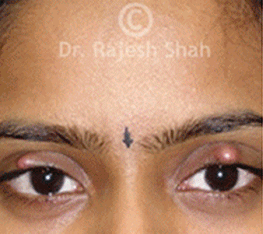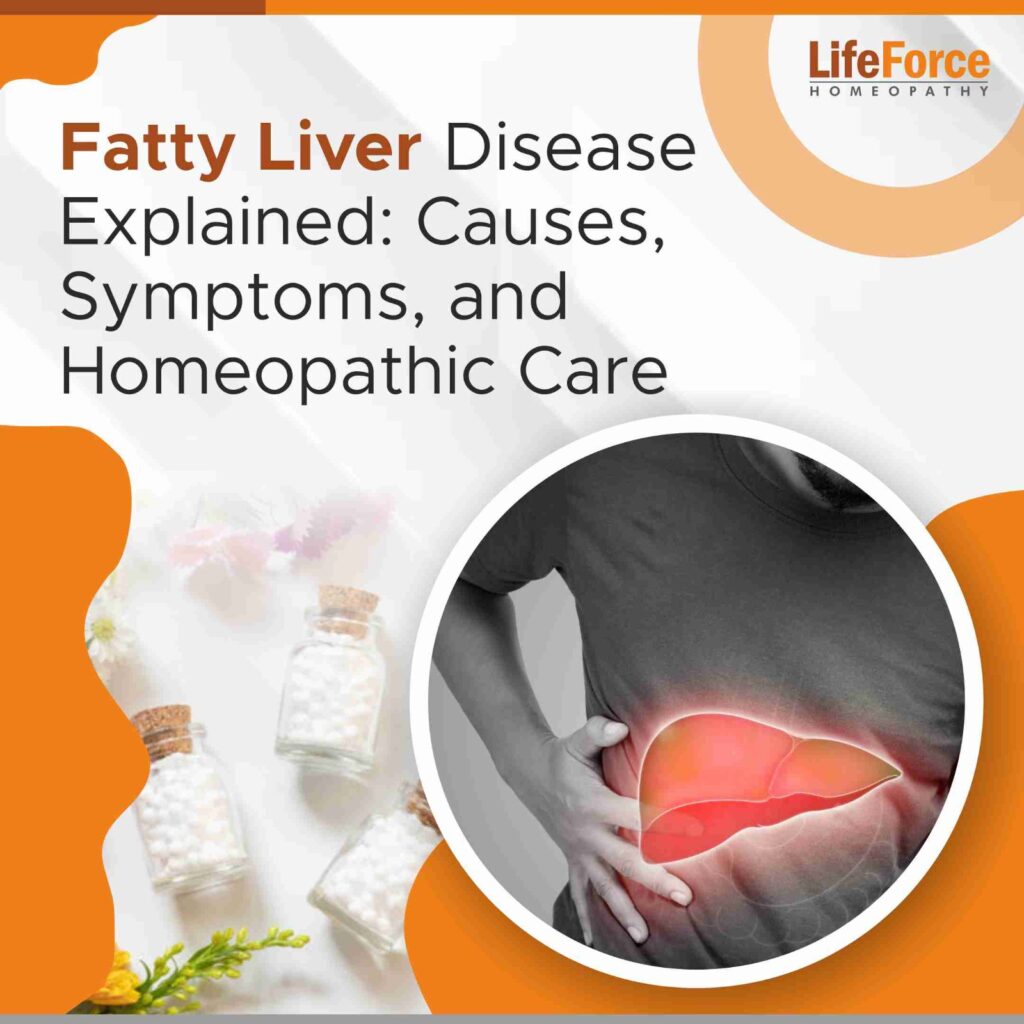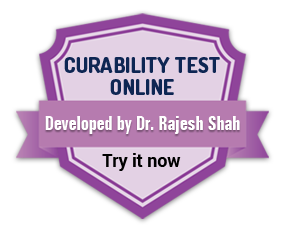 A chalazion is a lump in your eyelid, usually caused by blockage and swelling of the eyelid’s oil gland. Before one decides whether surgery is needed for your chalazion treatment, let us understand why a chalazion is formed.
A chalazion is a lump in your eyelid, usually caused by blockage and swelling of the eyelid’s oil gland. Before one decides whether surgery is needed for your chalazion treatment, let us understand why a chalazion is formed.
How is a Chalazion formed?
Your eyelid has tiny oil glands (called Meibomian glands) that secrete a fluid to lubricate the surface of your eye. If the opening of the gland becomes narrow, the fluid cannot find its way out, leading to a gradual piling up and swelling of the gland. The gland may become infected with bacteria, leading to the formation of a stye.
Usually, the treatment for chalazion involves applying warm compresses to your affected eyelid. This improves the blood supply, softens the blocked oils and helps quicker healing. In Modern Medicine, you may be advised to apply antibiotics in the form of drops or ointments to prevent infection. Your doctor may also proceed to treat the chalazion by precisely massaging the gland’s blocked opening.
Why have I been advised Surgery?
If a Chalazion is unresponsive, your Doctor may offer other treatment options for chalazion. Some doctors may prescribe injection of a steroid into the chalazion. However, this treatment for chalazion involves risks including injury to the eye, raised eye pressure etc.
Alternatively, you may be advised to undergo a minor surgery. This involves making a small cut to drain the contents of the gland. A surgery is usually advised if:
- Your Chalazion does not respond to warm compresses or
- Your chalazion keeps growing or are multiple in number or
- Your chalazion is rubbing against your eye surface and causing irregularity in the eye surface (a condition called astigmatism).
Is Surgery always necessary for Chalazion?
Most chalazia resolve on their own, without any treatment. Your doctor may advise surgery only if you do not respond to previous treatment.
Having said that, many people tend to form recurrent chalazia even after getting operated. Surgery cannot help prevent this tendency. Homoeopathic treatment for chalazion aims to effectively treat your body’s underlying tendency to form a chalazion. Thus it helps to treat chalazion without resorting to surgery. The down side remains that a chalazion treatment done homeopathically may not be as fast as a surgery. However a little patience is worth the pain of a surgery, the risk of complications likes scars and the annoyance of recurrences.
Dr Rajesh Shah (MD Hom.) has treated hundreds of Chalazion with significant success rates at Lifeforce Homoeopathy. Get in touch with us today to know how homoeopathy can help you with your Chalazion treatment.




